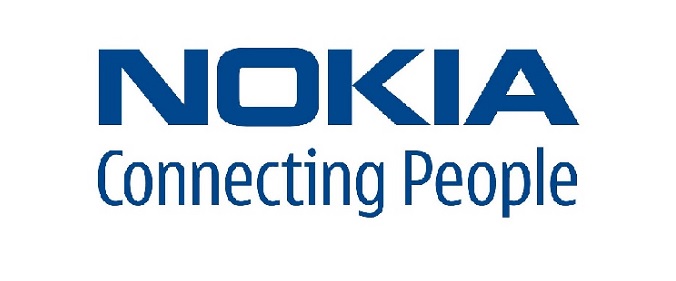Technology
Nokia to expand Development and Deployment of 5G FIRST as Industry Interest Grows

-
Clear interest for 5G mobility applications already emerging from operators, notably in markets like the US, China, Japan and South Korea
-
5G mobility standard integrated into the Nokia 5G FIRST end-to-end solution
-
Trialing of rapidly evolving 5G technology and commercial applications as market appetite points to meaningful rollouts in 2019
-
Call to make available spectrum at low-, mid- and high-frequency bands for 5G
Meeting growing customer interest in 5G, Nokia is broadening its focus into multiple areas of early 5G mobility use cases, including enhanced mobile broadband and ultra-reliable, ultra-low latency communications. Nokia will push for accelerated 3GPP industry standardization while building on early customer experiences with its Nokia 5G FIRST end-to-end solution, launched in February at Mobile World Congress.
With clear interest for 5G mobility applications already emerging from operators, notably in markets like the U.S., China, Japan and South Korea, Nokia will implement early 5G specifications, enhancing 5G FIRST with the 3GPP 5G Phase I protocol. This 5G NR (New Radio) air interface standard, which is due at the beginning of 2018, is designed to support a wide variety of 5G devices and services.
Nokia will continue to evolve and expand 5G FIRST as an end-to-end solution, designed to drive broader market adoption of 5G, via both mobility and fixed applications, as well as testing multiple 5G use cases. The company is building on extensive field experience already gained with Nokia 5G FIRST, which has generated valuable insights into areas such as:
-
Use of radio propagation in higher frequencies
-
Massive MIMO and beamforming
-
Integration with existing networks versus standalone implementations
-
The use of small cells in 5G deployments
-
The importance of cloud native core and cloud RAN technologies
These and many other of the key elements of 3GPP-based 5G implementation will enable Nokia to extend the scope of interoperability testing with a variety of devices. Nokia will also continue its application of leading-edge technologies, such as chipset and radio frequency innovations, in its end-to-end 5G strategy.
Marc Rouanne, president of Mobile Networks at Nokia said: “There should be no doubt about the huge potential of 5G. Through 5G FIRST, Nokia is evolving its 5G strategy to drive the industry rapidly towards the adoption of standards-based commercial applications – as early as 2019. Doing so will require broad cross-industry support, and we call upon regulators and governments to free up and enable the use of spectrum at low-, mid- and high-frequency bands for trials. This will allow robust evaluation of 5G to take place, so that collectively, we can deliver one of the most important new technologies in history, one that will truly drive the Fourth Industrial Revolution.”
Did You Know
Leveraging Nokia’s end-to-end network capabilities, 5G FIRST also incorporates the multi-access Nokia Cloud Packet Core and the Nokia Shared Data Layer as part of a cloud-native core architecture to deliver the flexibility, massive scalability and performance operators need to rapidly and cost-effectively deliver 5G services. A comprehensive ‘anyhaul’ mobile transport offer from Nokia incorporates microwave, IP, optical and fixed access technologies to address the critical capacity, reliability and latency requirements of the 5G era.
About Nokia
We create the technology to connect the world. Powered by the research and innovation of Nokia Bell Labs, we serve communications service providers, governments, large enterprises and consumers, with the industry’s most complete, end-to-end portfolio of products, services and licensing.

















































